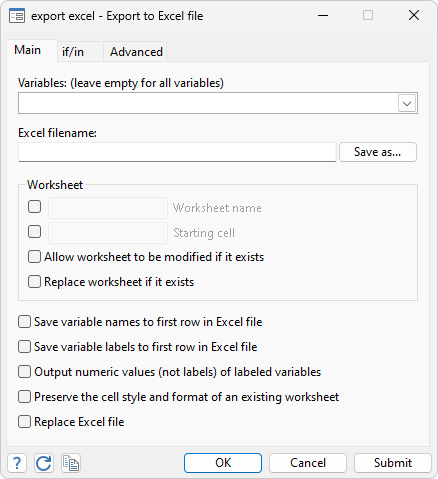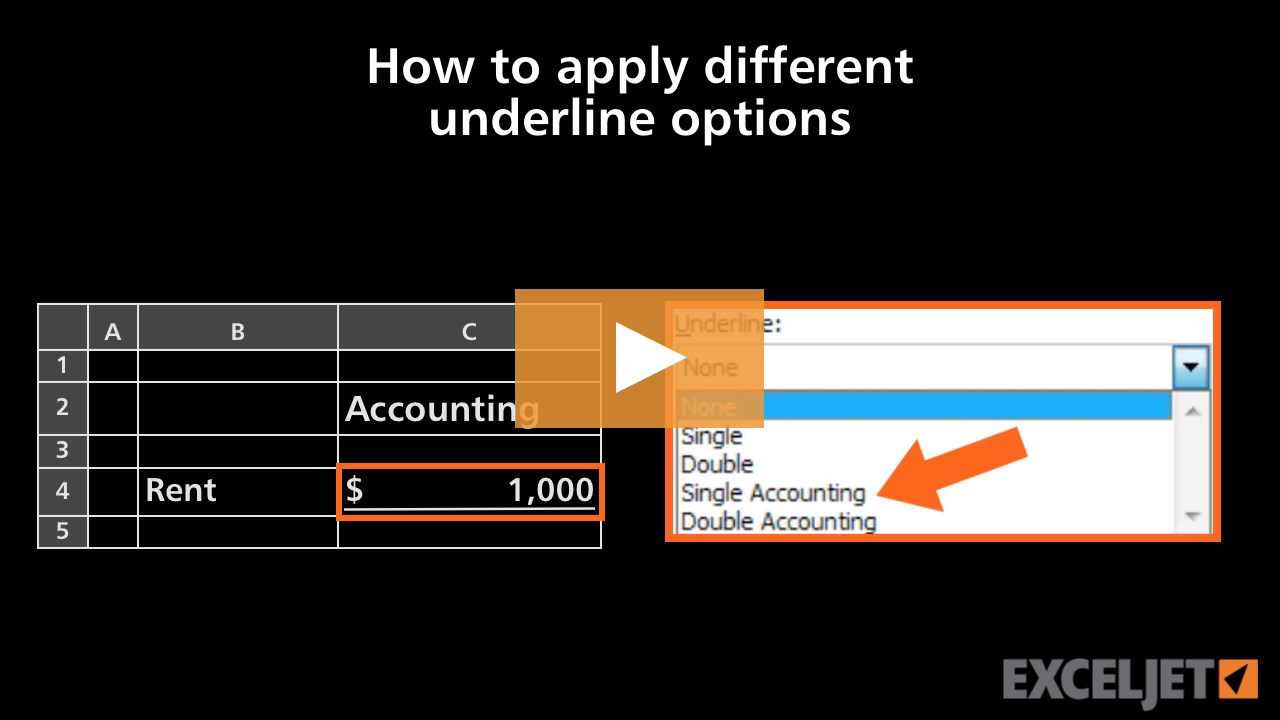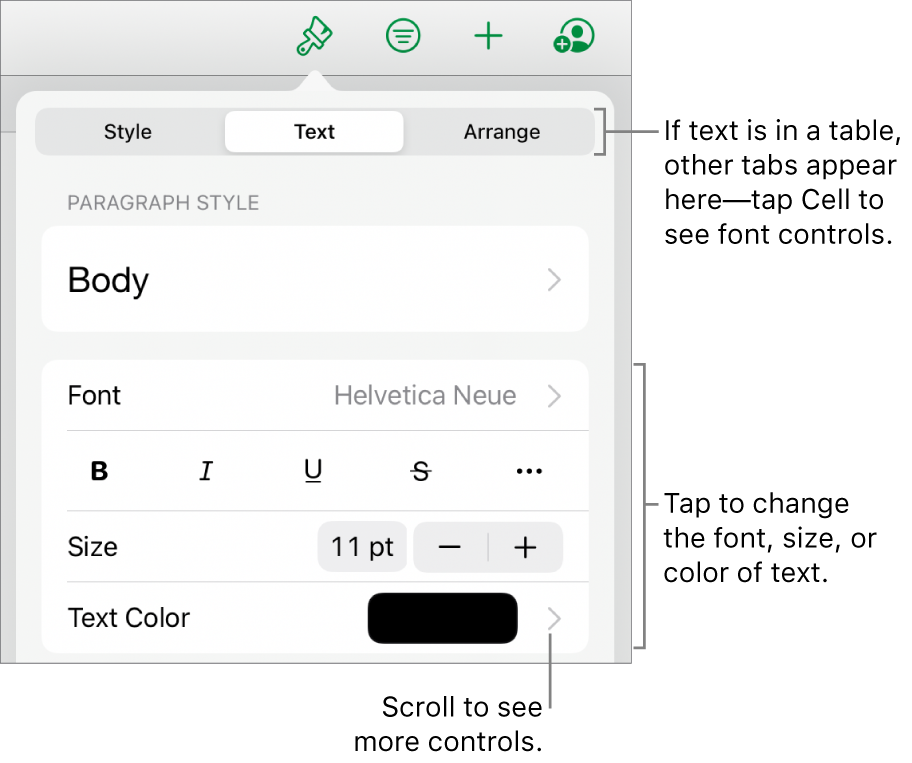

In addition to the most used alignment options available on the ribbon, the Format Cells dialog box provides a number of less used (but not less useful) features:

To get to this dialog, select the cells you want to align, and then either:
Change length of underline in excel how to#
How to align text in Excel using the Format Cells dialogĪnother way to re-align cells in Excel is using the Alignment tab of the Format Cells dialog box. To simplify things further, Microsoft Excel will display all alignment shortcuts for you as soon as you press the Alt + H key combination:

A + T - "align top", A + L - "align left", A + C - "center alignment", and so on. In the second key combination, the first letter is always "A" that stands for "alignment", and the other letter denotes the direction, e.g. The first key combination ( Alt + H) activates the Home tab. To change alignment in Excel without lifting your fingers off the keyboard, you can use the following handy shortcuts:Īt first sight, it looks like a lot of keys to remember, but upon a closer look the logic becomes obvious. If you have gone too far right, click the Decrease Indent icon to move the text back to the left. To move text further to the right, click the Increase Indent icon. To change the indentation of the cell contents, use the Indent icons that reside right underneath the Orientation button. In Microsoft Excel, the Tab key does not indent text in a cell like it does, say, in Microsoft Word it just moves the pointer to the next cell. These options come in especially handy for labeling narrow columns: Align Right - aligns the contents along the right edge of the cell.īy combining different vertical and horizontal alignments, you can arrange the cell contents in different ways, for example: Align to upper-leftĬlick the Orientation button on the Home tab, in the Alignment group, to rotate text up or down and write vertically or sideways.Center - puts the contents in the middle of the cell.



 0 kommentar(er)
0 kommentar(er)
